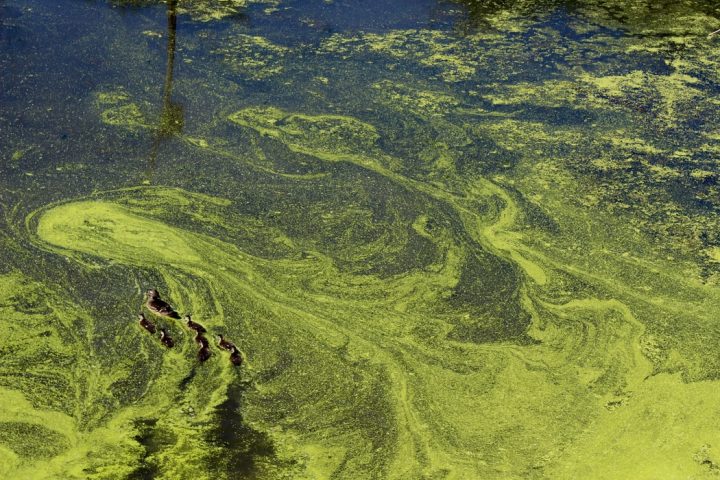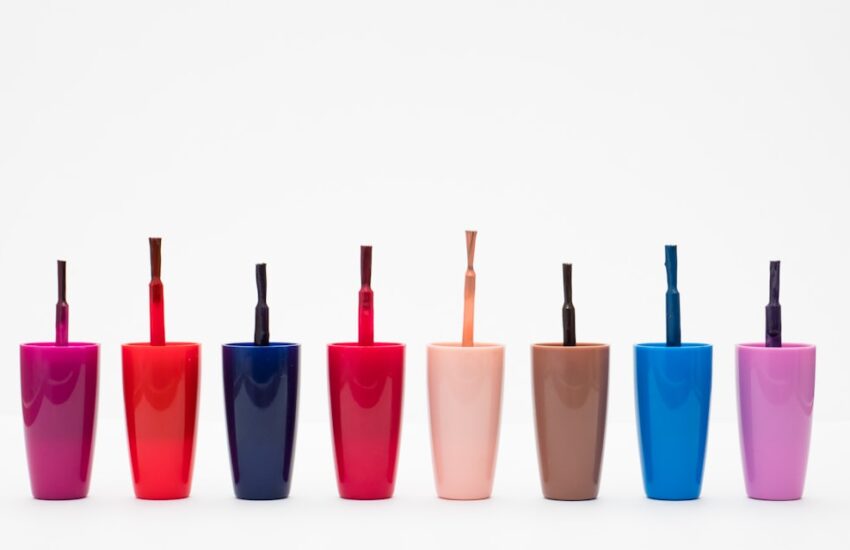Is Algae Dangerous for Lakes
An innocent summer day at the lake can be quite scenic and picturesque, but the day can be instantly ruined if the lake is affected by a harmful algal bloom. Characterized by slow-moving green lake water, this phenomenon typically occurs during the summer and early fall months.
Cleaning up lake algae isn’t a very simple task so contact Karina Lakefront Maintenance to find out more. If you are curious about these blooms, continue reading on to learn more about them and whether algae are dangerous for lakes.

Algae
Algae is an informal term that characterizes the diverse group of photosynthetic microorganisms. In biology, photosynthetic means that these organisms can create food using nutrients they can collect from their environment and the energy from the sun – just like how plants are able to create their own food using carbon dioxide, water, and sunlight.
Because ‘algae’ is an informal name for these microorganisms, there can be quite a variety in diversity in what is considered as algae. Organisms considered as algae can include microscopic cyanobacteria, seaweed, and even kelp.
For the most part, algae play an important role in the environment because just like plants, they are able to convert carbon dioxide into oxygen – the gas that we humans (and most other life on Earth) need to survive. However, there are instances where algae can become harmful and these are when they become harmful algal blooms.
What Are harmful algal blooms?
Harmful algal blooms (also known as HABs) are basically a boom in a specific algal population. This sharp increase in algal numbers can turn the color of the water completely different, depending on the color of the algae involved. Red tide is a good example of a harmful algal bloom. Red tide is a phenomenon where a harmful algal bloom is composed mainly of microorganisms that contain red pigments.
One major factor that induces harmful algal blooms is eutrophication. Eutrophication is when there is an overabundance of nutrients in the environment. For harmful algal blooms to occur, eutrophication has to occur in the water. There are certain events that can cause eutrophication. An example would be when agrochemicals such as fertilizers (that contain many nutrients such as fixed nitrates and phosphates) get carried off to a body of water, typically by runoff.
Temperature can also be a factor that can induce harmful algal blooms because microorganisms are very opportunistic when it comes to environmental conditions being favorable. In the periods where temperature is just right, these microorganisms will take advantage and rapidly multiply. This has become more evident as more harmful algal blooms have been occurring over the world, a rising number that can be associated with the increase in temperature due to climate change.
While algae can be found in pretty much all bodies of water, lakes and ponds are more prone to these harmful algal blooms because of the lack of current in these bodies of water. Harmful algal blooms are more likely to occur in slow moving water because fast currents can easily help dissipate these microorganisms.
There are three types of microorganisms that can cause harmful algal blooms: cyanobacteria, dinoflagellates, and diatoms. These are all tiny photosynthetic microorganisms that naturally live in the water. While these microorganisms make up the bottom of the environmental food web, their rapid increase that turns into these harmful algal blooms are detrimental to the other organisms in the environment.
Are they dangerous?
While caused by highly important members of the environment, harmful algal blooms are unfortunately dangerous to other organisms in the environment and even to humans as well.
One way these harmful algal blooms are dangerous to the surrounding environment is because these events rapidly deplete the nearby environment of oxygen. While it is true that these photosynthetic microorganisms produce oxygens just like plants, they still use oxygen just like we do. Their sudden numbers would deplete oxygen and make the local area anoxic (low on oxygen), making the area difficult to live in. Even when these algae die off eventually, the decomposition of their cells would still pull oxygen from the environment, meaning that the whole process will really take a toll on the oxygen level of the environment.
Another way harmful algal blooms can be dangerous to the surrounding environment, and even to humans, is when these harmful algal blooms are composed of algae that produce dangerous toxins. Microorganisms that are associated with harmful algal blooms have been studied to be able to produce toxins such as neurotoxins (toxins that are destructive to nerve cells), hepatotoxins (toxins that are destructive to the liver), dermatotoxins (toxins that are destructive to skin cells and or mucous membranes), and gastrointestinal toxins (toxins that are destructive to the digestive tract).
When harmful algal blooms involve microorganisms that create these toxins, they become especially dangerous to the local fauna such as fish, reptiles, birds, and mammals – basically any animal that can possibly get in contact with the bloom. These blooms also typically produce unpleasant odors which can become problematic for nearby residents or businesses that are located near the affected lake. Harmful algal blooms are also a problem if the local community relies on the lake for drinking water because an affected lake would contain toxins produced by these harmful algal blooms.
Even when the algae involved are nontoxic, they can still be dangerous to other animals in the area as these microorganisms can clog up gills of fish and other invertebrate animals in the area.
Aside from the health of the environment and the nearby community, harmful algal blooms are also a nuance as these typically affect the local economy. Harmful algal blooms affect businesses that rely on lakes such as fishing and tourism.
Conclusion
Harmful algal blooms are indeed dangerous and fortunately, these are events that are easy to spot and generally monitored by local authorities. If ever you have plans by the lake that has been affected by these harmful algal blooms, it is best for everyone to postpone the trip and be safe somewhere else.


